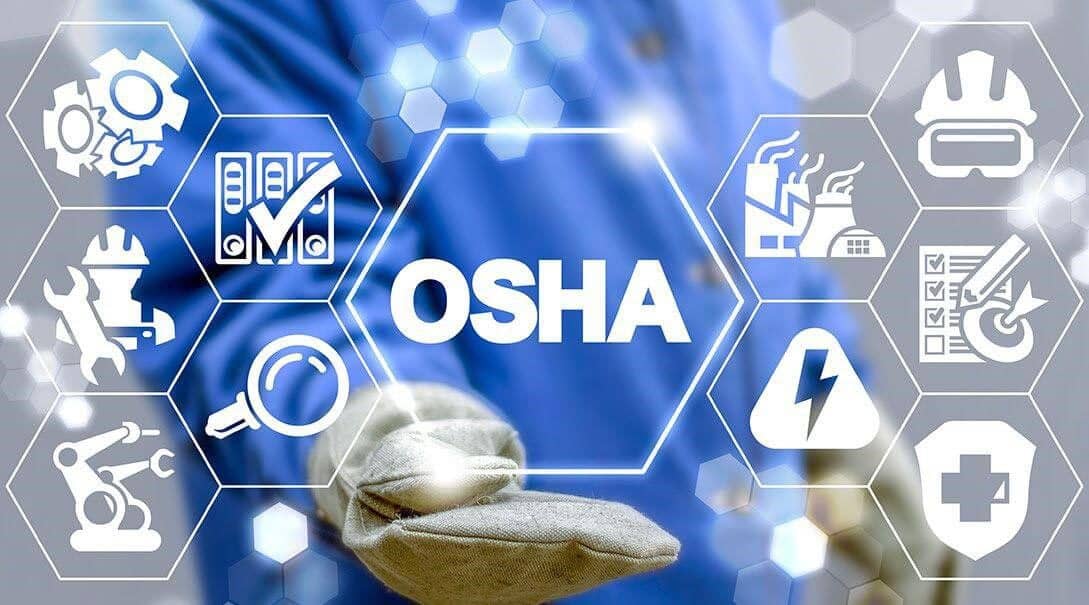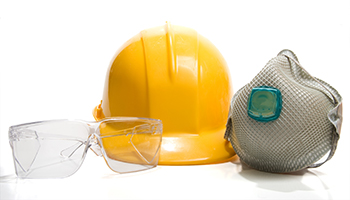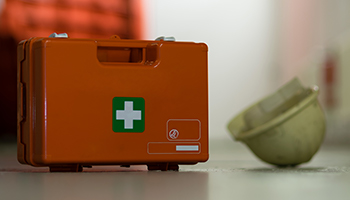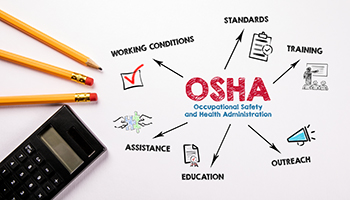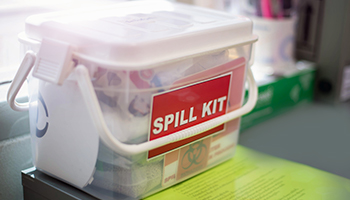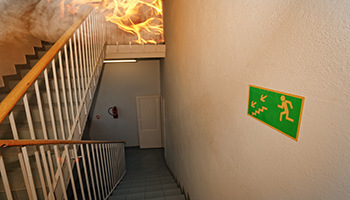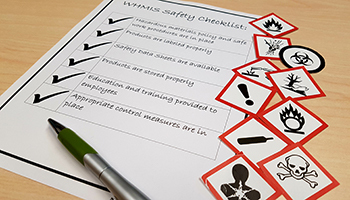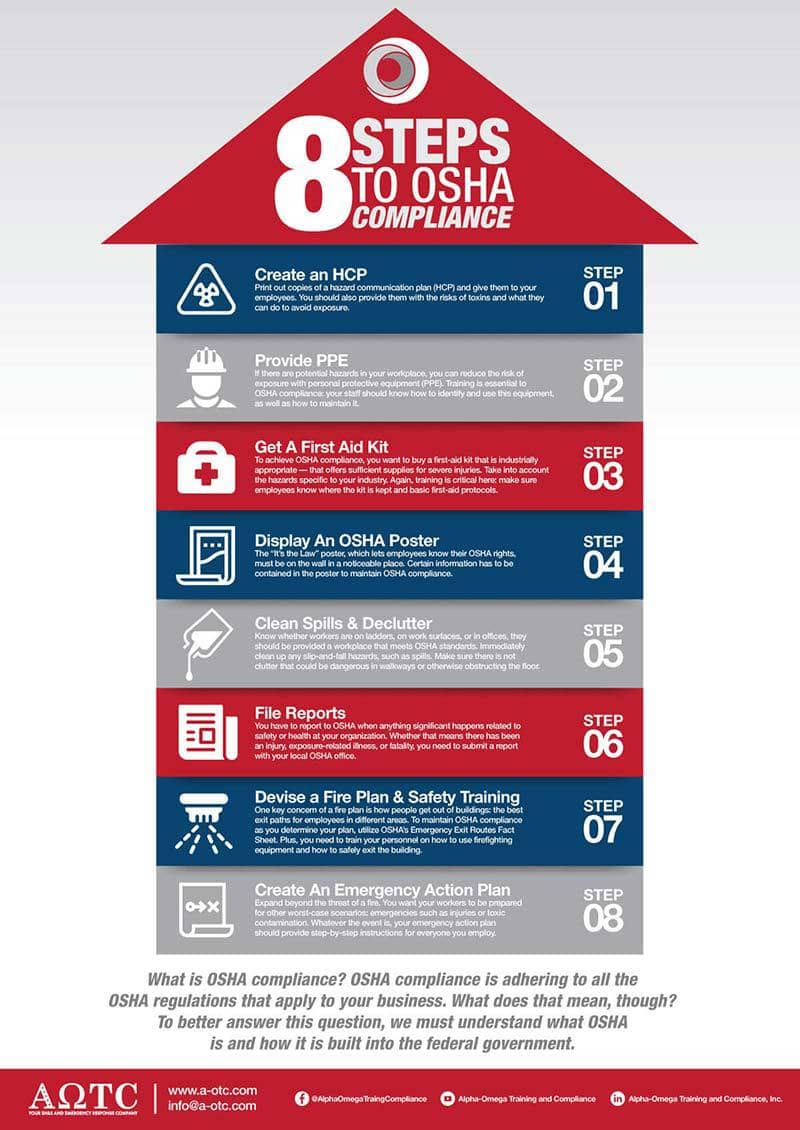Table of Contents
What Is OSHA Compliance?
OSHA compliance is adhering to all the OSHA regulations that apply to your business. OSHA compliance training can help to ensure a safe workplace and establish an OSHA compliance plan.
This results in a workplace that is safe from serious hazards that can cause danger to employees.
The Occupational Safety and Health Administration (OSHA) is a federal regulatory agency that was created within the Department of Labor by the Occupational Safety and Health Act of 1970 (OSH Act). Death and injury in the workplace were on the rise, and public demand to protect workers pushed the legislation (originally called the “safety bill of rights”) through Congress.
These regulations are primarily focused on lifting up and protecting the worker. However, companies will benefit from compliance with the guidelines as well. Investing in compliance and safety creates dedication in a workforce by demonstrating to employees that the business owner cares about their wellness. By improving safety and preventing workplace injuries and deaths, you improve morale organization-wide. Plus, you avoid missed work time and worker’s compensation claims.
OSHA Compliance: 8 Steps To Getting Started
Knowing the essence of OSHA compliance helps. However, employers who ask, “What is OSHA compliance?” are typically concerned with what action steps they can take. What are the basic requirements of an OSHA compliance plan for employers? Key steps include the following:
Step 1. Create an HCP
Print out copies of a hazard communication plan (HCP) and give them to your employees. You should also provide them with the risks of toxins and what they can do to avoid exposure.
Step 2. Provide PPE
If there are potential hazards in your workplace, you can reduce the risk of exposure with personal protective equipment (PPE). Training is essential to OSHA compliance: your staff should know how to identify and use this equipment, as well as how to maintain it.
Note: Per CDC.gov, “Controlling exposures to occupational hazards is the fundamental method of protecting workers. Traditionally, a hierarchy of controls has been used as a means of determining how to implement feasible and effective control solutions.”
Step 3. Get a first-aid kit
To achieve OSHA compliance, you want to buy a first-aid kit that is industrially appropriate — that offers sufficient supplies for severe injuries. Take into account the hazards specific to your industry. Again, OSHA training is critical here: make sure employees know where the kit is kept and basic first-aid protocols.
Step 4. Display an OSHA poster
The “It’s the Law” poster, which lets employees know their OSHA rights, must be on the wall in a noticeable place. Certain information has to be contained in the poster to maintain OSHA compliance.
Step 5. Clean spills and declutter
Know whether workers are on ladders, on work surfaces, or in offices. They should be provided with a workplace that meets OSHA standards. Immediately clean up any slip-and-fall hazards, such as emergency spills. Make sure there is no clutter that could be dangerous in walkways or otherwise obstruct the floor.
Step 6. File reports
You have to report to OSHA when anything significant happens related to safety or health at your organization. Whether that means there has been an injury, exposure-related illness, or fatality, you need to submit a report to your local OSHA office.
Step 7. Devise a fire plan and provide fire safety training
One key concern of a fire plan is how people get out of buildings: the best exit paths for employees in different areas. To maintain OSHA compliance as you determine your plan, utilize OSHA’s Emergency Exit Routes Fact Sheet. Plus, you need to train your personnel on how to use firefighting equipment and how to safely exit the building.
Beyond planning evacuation, you also may simply need to make adjustments to the building, such as adding more fire exits to ensure safety. They should be labeled prominently, have self-closing doors, and otherwise meet fire department codes and OSHA compliance.
Step 8. Create an emergency action plan and provide OSHA compliance training
Expand beyond the threat of a fire. You want your workers to be prepared for other worst-case scenarios: emergencies such as injuries or toxic contamination. Whatever the event is, your emergency action plan should provide step-by-step instructions for everyone you employ.
OSHA Compliance Questions to Consider
While we can broadly discuss some general steps above, when we wonder, “What is OSHA compliance?” the real answer is to consider many different questions as you scrutinize your workplace. As an example, one key area of OSHA compliance is noise. Here are key general questions to determine if you are aligned with the federal standards:
- Does the noise level stay at more than 85 dBA in some portions of your work environment?
- In order to determine if your hearing protection system is sufficient, are you giving audiometric tests at regular intervals to workers in noisy locations?
- Do employees who need noise-attenuating devices get trained on how to use them and how to optimize their fit?
- Did employees complete any required OSHA compliance training?
- Are all workers who are in areas of high noise able to access approved ear protectors?
- Are you keeping records of the noise level measurements from an octave band analyzer or sound level meter?
- Has your organization assessed the possibility of separating high-noise equipment from other aspects of your project?
- To minimize noise levels, are you leveraging engineering controls? In order to reduce your workers’ exposure to this workplace hazard, are you utilizing worker rotation or other administrative controls when it is infeasible to use engineering controls?
- Have you determined parts of your workplace where it becomes challenging for employees to communicate vocally because of noise, and have you posted those locations?
- Do you teach workers through a continuing preventive health program about how to use PPE, the impact of noise on health, and what is considered a safe noise level?
OSHA Compliance Partnership
Results give OSHA meaning. With OSHA in charge of developing and enforcing regulations to ensure safe and healthy working conditions nationwide, the work-fatality rate has dropped more than half.
Do you want help with your OSHA compliance? At Alpha-Omega Training and Compliance, we specialize in occupational health & safety training and compliance.
